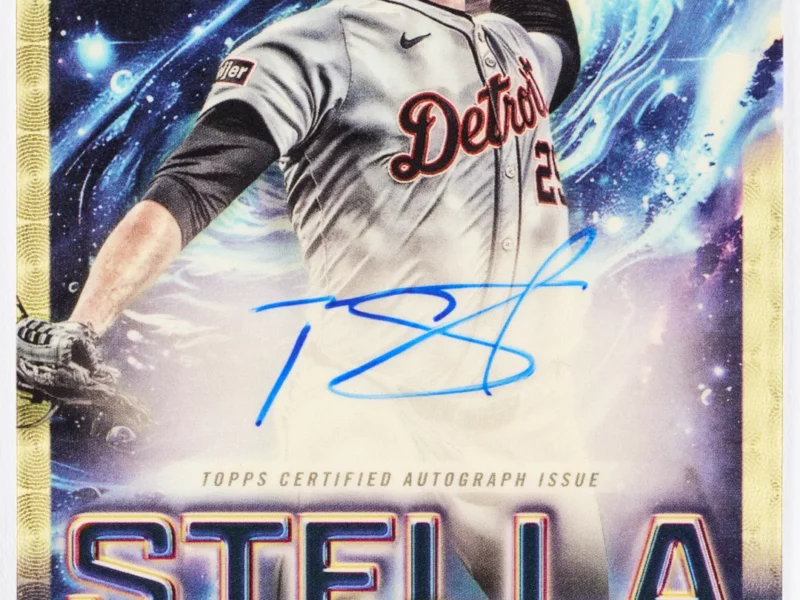When people talk about baseball’s greats, names like Babe Ruth, Hank Aaron, or Mike Trout might come up. But there’s a whole part of the game’s history that doesn’t always get the love it deserves: the Negro Leagues.
The story of the Negro Leagues isn’t just about baseball—it’s about fighting for a place to play, showcasing world-class talent, and paving the way for future generations. Let’s take a walk through the history and shine a light on some of the absolute legends who made it unforgettable.

The Beginning
So here’s the deal: in the late 1800s and early 1900s, Black players weren’t allowed to play in Major League Baseball. Straight-up segregation kept them out. But instead of stepping back, they stepped up—forming their own teams and barnstorming around the country, playing anyone, anywhere, anytime.
Then in 1920, Rube Foster (a former pitcher and baseball mastermind) launched the Negro National League. That move helped create a real structure for Black baseball, and from there, it grew fast.
The Golden Years
In the ’30s and ’40s, the Negro Leagues were the place to see some of the most talented players to ever step on a diamond. The energy at the games was wild—huge crowds, intense rivalries, and a level of play that was off the charts.
Let’s talk about some of the stars:
🌟 Satchel Paige

Position: Pitcher
Why he’s a legend: Satchel Paige wasn’t just a pitcher—he was a showman and a freak of nature. He threw heaters well into his 40s and had a pitch selection that would make modern pitchers jealous. Batters said his fastball “hissed” coming in. Oh, and he finally made it to the majors at age 42 and still dominated. Enough said.
🌟 Josh Gibson

Position: Catcher
Nickname: “The Black Babe Ruth”
Why he’s a legend: Some say Gibson hit over 800 home runs in his career—many of those in unofficial games, but the point stands: the man could MASH. He was built like a tank and could launch balls out of stadiums like it was nothing. If he’d played in the majors, his name would be all over the record books.
🌟 Cool Papa Bell

Position: Outfielder
Why he’s a legend: Cool Papa Bell was so fast, it sounds like tall tales: “He could turn off the light switch and be in bed before the room got dark.” But jokes aside, Bell was a base-stealing machine and one of the smartest runners the game has ever seen. He didn’t just run—he glided.
🌟 Buck Leonard

Position: First Base
Why he’s a legend: A quiet leader and a consistent hitter, Buck Leonard was the heart of the Homestead Grays, one of the best Negro League teams. He was smooth with the glove and dangerous with the bat—a true pro who later made it into the Hall of Fame.
🌟 Oscar Charleston

Position: Outfielder/First Base
Why he’s a legend: Some say Charleston was the best all-around player in baseball history—not just the Negro Leagues, but all of baseball. He hit for power and average, had speed, and played defense like a madman. Think Willie Mays before there was a Willie Mays.
The Changing Game
Everything shifted in 1947 when Jackie Robinson broke the color barrier with the Brooklyn Dodgers. That moment changed history forever. It opened the door for more Black players to enter the majors—guys like Larry Doby, Monte Irvin, and Roy Campanella.
But as more stars got signed away, the Negro Leagues slowly lost their steam and shut down by the early ’60s. It was bittersweet—progress, but at the cost of a league that had built a whole world of its own.
The Legacy Lives On
Today, the Negro Leagues are finally getting more recognition. MLB recently announced that Negro League stats will be considered official Major League records—a huge move toward giving these players their due credit.
And thanks to museums, documentaries, and the stories passed down through families and fans, the legacy of these players is still alive and well.
Final Thoughts
The Negro Leagues weren’t just a workaround—they were a movement. They proved that greatness can thrive even when the system says “no.” They gave the world some of the best players to ever play the game, and their impact is still being felt today.
So next time someone talks about baseball’s GOATs, don’t forget about Satchel, Josh, Cool Papa, and the rest of the squad. They earned their place in history.




